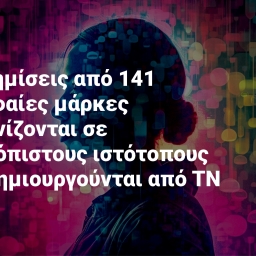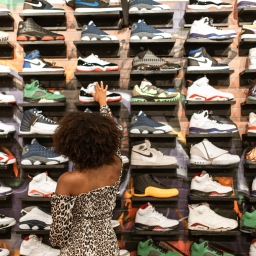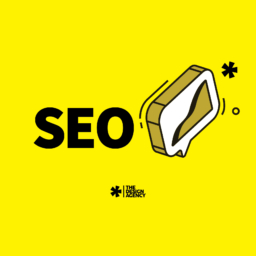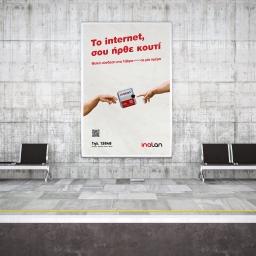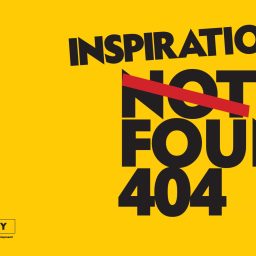To spend or not to spend? Advertising and creative development during COVID-19
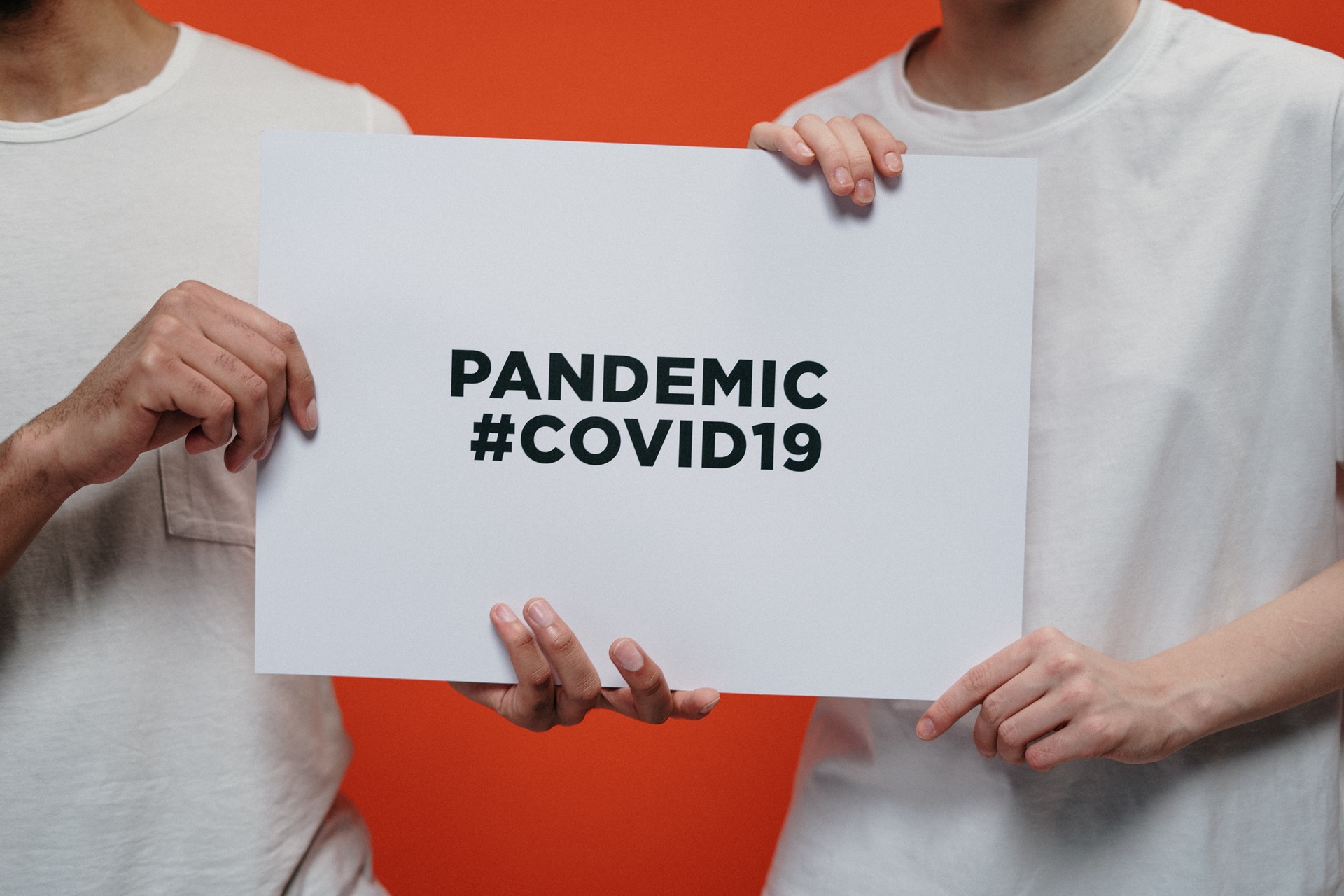
Daren Poole examines whether brands should be slowing down marketing spend during crisis or whether there are long-term advantages for brands to continue business as usual.
This piece reflects the current position as of Thursday 19 March 2020 but may be updated based on emerging evidence and perspectives. In this almost unprecedented situation, it is hard to give definitive advice; the following is based on experience from past crises, emerging evidence and third-party sources.
It’s been proven that an increase in marketing spend during a recession can gain a long-term advantage for a brand. But COVID-19 has changed the business landscape almost overnight and prompted talk of recession – many brands are now constrained by budgets and circumstances and can’t use this strategy. Will this leave them in peril? Or should decisions on how much to spend be taken in light of the overall prospects for the brand and category during the downturn?
Should I be advertising now, or should I be pulling my spend?
Strategically, brands should invest for long-term outcomes. While the cause of the current crisis is different, the effect is similar to that which we saw during the Global Financial Crisis (GFC) of 2007-2008. During the GFC, brands that continued to spend were those that remained strongest and recovered most quickly afterwards.
Long-term effects come from delivering lasting impressions that help to keep the brand salient and position it as meaningful and different for when the consumer comes back into the category. Importantly, that meaningful difference doesn’t necessarily have to be product driven, it can be brand driven or more emotional.
Tactically, decisions will need to be made on a brand by brand basis. There are some brands that should consider slowing down or stopping spend now.
- As more countries close their borders or go into lockdown, it is not a time to be promoting travel and tourism.
- Similarly, be sensitive about advertising categories that people have been told not to use, such as restaurants, out of home entertainment like sports.
- Take care with advertising products that are in short supply such as toilet paper, personal cleaning products and store cupboard essentials. Creating demand that cannot be satisfied could drive consumer frustration. It may also be seen as profiteering from the situation.
While early Kantar work in some markets has seen consumers reporting they will spend less in luxury, alcohol, and health and beauty, we saw that these categories performed very well during the GFC as people sought out affordable indulgence and small vices. Carefully created content for these categories may not be rejected by consumers.
We’ve also seen projections of reduced spend in infrequently purchased categories such as household appliances, cars and apparel. No advertising in these categories should be intended to drive immediate purchase so, with the right creative, it is likely to be a good time to build brand predisposition.
There are some categories that can make people’s lives easier during the crisis and they may want to increase spend in the short term. These include supermarkets, food delivery services and home entertainment providers. Content from these brands should put people ahead of profit and demonstrate how their products and services can help people adjust to a different way of living.
What type of content should I be airing/publishing?
There cannot be any blanket guidance here. The most important thing, as Kantar’s executive vice president and chief global analyst Nigel Hollis recently wrote in a blog post, is for marketers to suspend their own viewpoint and put themselves in consumers’ shoes.
In some categories, that will mean advertising needs to be very product-centric, focusing on people’s reported needs to be assured that products and services are safe to use. In other categories, it might be about suspending product advertising and providing emotional support by showcasing positive values or suggesting solidarity and togetherness. For brands that can do neither of these things, simply demonstrating that they are thinking of people is a possible approach. Whatever the strategy, it is, of course, critical that it is seen as authentic, in line with the brand’s values. The brand mustn’t be seen as taking advantage of the situation.
Often in a time of crisis – and indeed in many countries and categories over the last couple of years – we have seen a tendency for brands to drop brand building communication and move to more performance or activation type advertising, in order to maximise sales in the short term. While that might indeed work as a short-term strategy, as discussed earlier, that may not prime the brand for success in the future, post crisis. Think carefully before airing promotional content: it can be seen as self-serving. However, there may be cases where this is appropriate, such as in the UK where Disney is offering a one-year subscription offer to Disney +.
If your current campaign is product-focused, it doesn’t necessarily have to be pulled
While in most markets it isn’t business as usual, delivering advertising that suggests a degree of normality can help to prevent panic and impact on mental health that is expected as a result of uncertainty and self-isolation. What’s more, as more countries are restricting free movement of people, it is likely that advertising production will be limited, so existing assets will need to work harder.
Creatively, it would be wise to ensure that content doesn’t cause panic or show behaviour that is contrary to local health authority advice and government regulations around social distancing. In recent days, we’ve seen examples of this:
- US insurer Geico pulling an ad which features the ‘Perfect High Five’
- KFC suspending a campaign that features people licking their fingers after eating the chain’s fried chicken
- Chocolate brand Hershey pause its ‘heartwarming the world’ campaign and replacing it with more product-centric ads, as hugs and handshakes are risk factors for transmission of the virus, and
- Unilever’s personal care brand Axe suspending an ad in which the character imagines his smelly underarms causing a crowd in a basketball arena to flee in fear, with airline masks dropping to give them protection.
Access agile, cost effective solutions to check how your advertising content will be received
This approach works to ascertain public response to new, existing or even rested ads. In most countries, fieldwork is conducted online. Kantar has supporting evidence from both China and The Philippines where online studies were conducted pre- and post-lockdown in which there were no significant changes in headline effectiveness data. However, we did see some decline in the personal relevance of some ads, in response to changed circumstances.
While we acknowledge that some elements of response might change due to knowledge about product shortages or changes in confidence driven by being locked down or economic effects of the crisis; these effects are likely to be limited to measures of predisposition, such as immediate persuasion.
Measures of engagement and strength of delivery of impression are unlikely to change, but we may see consumers responding differently to specific scenes than they would have done previously. In order to prevent consumer backlash, evaluate your content for in the moment feedback.
Daren Poole is the global head of creative effectiveness at Kantar.
Photo by Kelly Sikkema on Unsplash.




